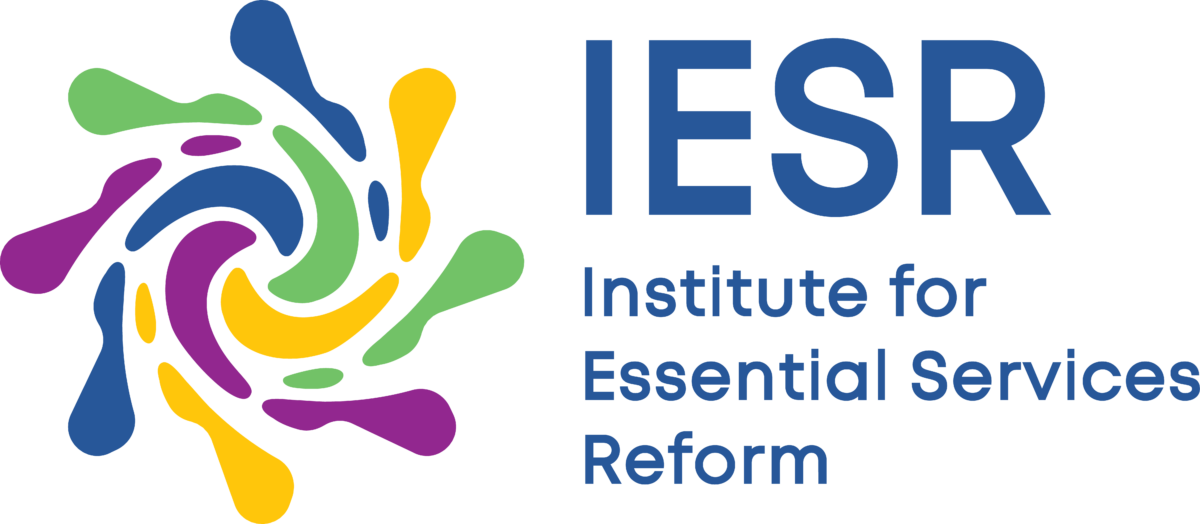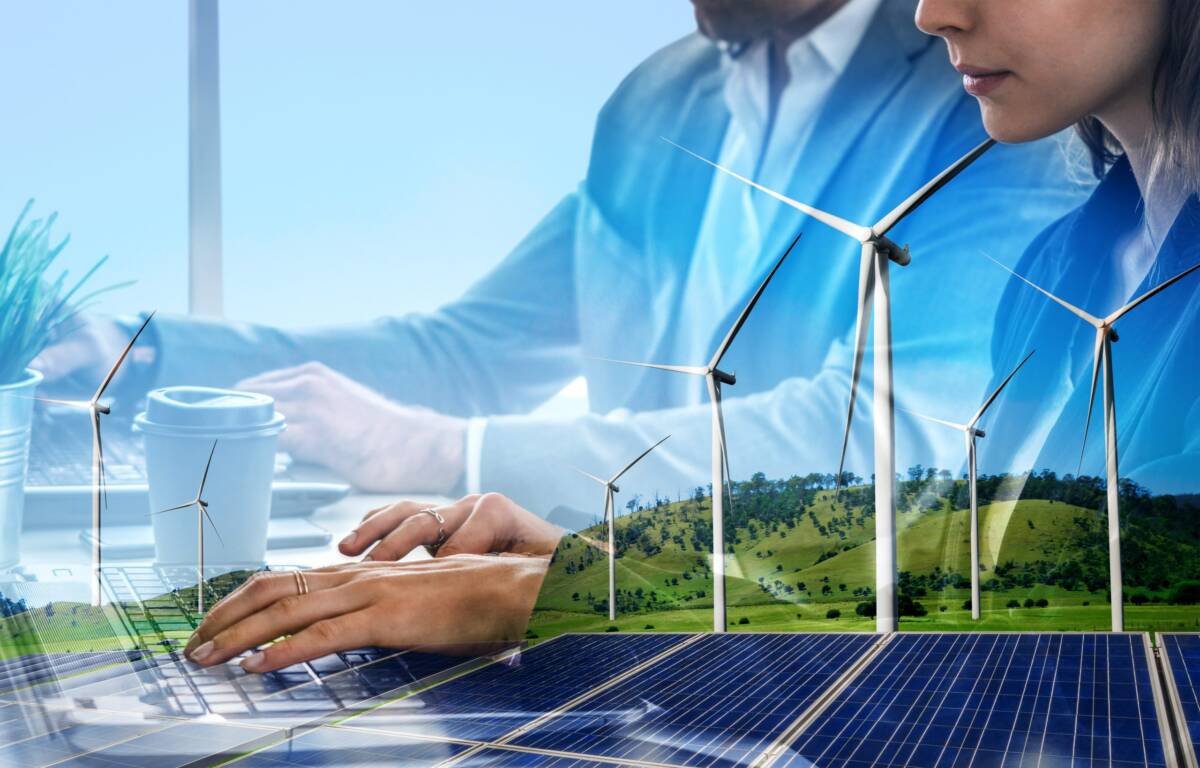As the year 2024 draws to a close, it is time to reflect on what has happened in Indonesia over the past year, especially in the energy sector which has a major impact on the lives of its people. The development of Indonesia’s energy sector summarized in the Indonesia Energy Transition Outlook (IETO) 2025 report shows that although there have been some positive achievements in 2024, there are still gaps between realization and unachieved targets, both those that have been almost achieved and those that are still far from being achieved. The following is a brief excerpt from IETO 2025.
The inauguration of Indonesia’s new president for the 2024-2029 term is expected to bring changes in policy direction, especially regarding Indonesia’s energy transition. At the G20 Summit in 2024, President Prabowo stated that Indonesia could achieve 100% renewable energy (RE) within 10 years (Kompas, 2024). In fact, data from 2015-2023 shows that Indonesia has never reached the renewable energy mix target of 23%. The government’s plan to reduce the target to 17-19% by 2025 will not be a solution if the root causes that hinder the achievement of the target have not been resolved. Increasing the target by 1-2% per year must continue to be increased and boosted so that the dream of 100% EBT within 10 years can be realized.
On the other hand, the new Indonesian government has intensified the biofuel program, especially biodiesel, with plans to implement a 40% biodiesel blending program (BBN 40) in 2025 and B50 in 2026, in line with the government’s goal to achieve energy self-sufficiency (CNBC, 2024). By 2024, Indonesia has reached the B35 level of biofuel, which contributes about 31% to the country’s renewable energy mix, at 13.1% (IETO, 2024). However, the targeted increase in biofuel use, if not accompanied by an equal focus on environmental concerns, could pose risks to the palm oil supply chain, directly affecting the food industry, as well as local communities around the affected land. Approximately 19.4 million kL of biodiesel requires at least 4.35 million hectares for production (IETO, 2024).
Land conflicts with local communities and ecosystem damage due to land use change could become significant problems if this biodiesel expansion is not planned properly, from pre-production to post-production stages. Recent tensions with indigenous communities in Papua, caused by the expansion of oil palm plantations and deforestation, further illustrate this challenge (BBC, 2024).
The transition from dirty energy to clean and renewable energy should ideally lead to improvements in environmental, economic and social aspects. However, along the way, there are still adverse impacts caused by regulations and policies that are still being harmonized to encourage better change. One of these is government subsidies and budgets. While there is a positive trend in the transition from more polluting cooking methods, such as firewood and kerosene, to LPG by around 90% of Indonesian households, state finances are impacted by subsidies for 3 kg LPG still being used by the public, which amount to around IDR83 trillion by Q4-2024, with imports reaching 6.95 million tons by 2023 (IETO, 2024). The misallocation of 3 kg LPG, which is intended for certain categories of citizens, is often utilized by entities outside these categories, such as hotels, restaurants, and medium-sized businesses (RRI, 2024). In addition to tightening energy subsidies, the government through the KEN 2024 RPP has introduced two main strategies to achieve zero gas imports by 2030, namely the expansion of natural gas pipelines and the promotion of the use of low-emission technologies for household appliances, such as induction cookers for domestic use (IETO, 2024).
Fiscal capacity also remains a constraint to the energy transition at the regional and subnational levels. About 39% of provinces have low fiscal capacity, which often leads to conflicts between local energy mix targets and fiscal capacity. Furthermore, in 2023, the average budget allocated by provinces for renewable energy was around IDR 1 billion (USD 0.063 million), or only 5% of the total energy sector budget (IETO, 2025). The central government needs to bridge the gap between local energy mix targets and realization, given the limited authority of local governments in budget execution and gaps in governance and human resource capacity.
Overall, Indonesia still needs to invest USD 18 billion per year to decarbonize its energy and transport sectors by 2030. Of this, USD 118.5 billion is specifically needed for renewable energy development. However, the public budget allocation for this sector through the RPJMN 2020-2024 only covers 23% of the annual requirement, indicating a significant investment gap. To bridge the financing gap and accelerate the energy transition, it is critical to strengthen the regulatory framework, and encourage collaboration with the private sector.
While the current reality shows a significant gap between realization and goals, and the direction of the energy transition remains uncertain due to constantly changing and overlapping regulations, we as Indonesians must actively continue to keep the energy transition on track.
Efforts to realize the energy transition in Indonesia must not be interrupted. It is good to take a short break to rest before re-energizing efforts to ensure the energy transition happens. Happy New Year, everyone!

